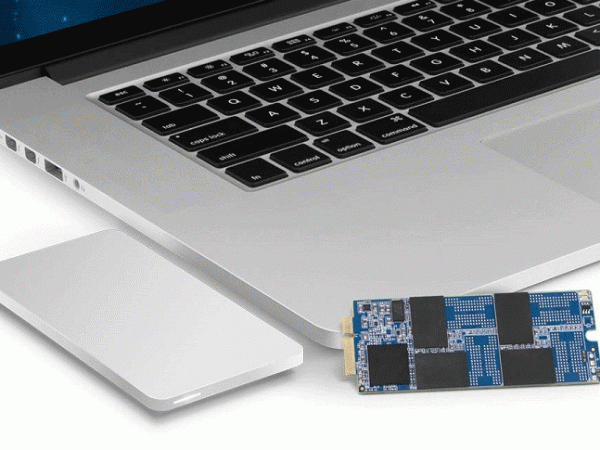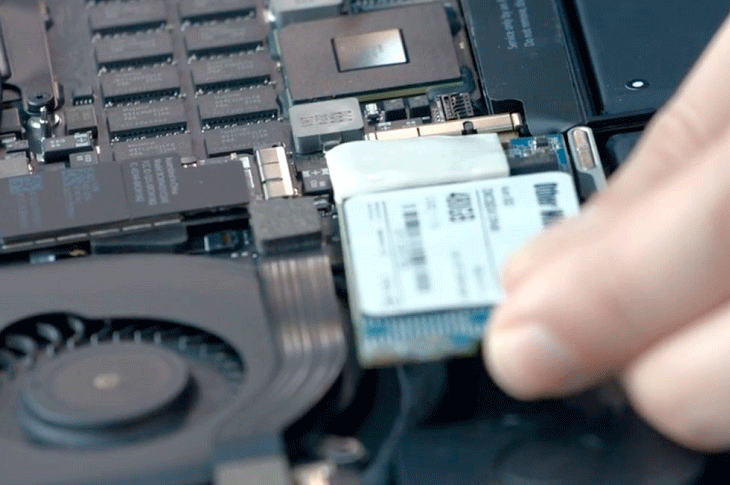26
Jan

It was three decades ago when Steve Jobs revealed the first Mac computer. It might look funny for today’s standards, but the Mac computer was out of this world at that time. Apple, over the years, has pushed technology with its newest editions and made competitors struggle and give their best just to keep up with them.
Apple is well known for its protection of their software and hardware. A couple of years ago, it was impossible to imagine using a third party hardware that was supported by Apple themselves.
It was last year in June when Apple released the OS X 10.10.4, enabling it for the first time to support and grant trim tech without previous download or installation to be required.
For a while now, Windows have been enjoying trim support for third party SSD’s, although Apple only supported their own ODM SSD’s until recently. Recent Mac computers have already built in SSD, which is non-removable and with high capacity and truth to be told, there is no need upgrade or replace it.
However, many owners such as myself, own an older Mac with trim functionality and want to upgrade it to a better working and faster SSD. While installing my new OWC SSD for Mac, I was surprised how easy it has become to install and use trim for my SSD. Now you just need to open your command window and with entering just a command, the trimming is done, a reboot and it’s ready to use. Though OWC SSD has been built to keep running without the use of trim, this does not mean you can’t enable trimming.

The recent OS X 10.10.4 update now provides users with the ability to enable trim support for their after market SSD drives through the command utility called trim force. But what is trimming in a first place? It is best to start the basic overview on how data is stored on a SSD. When data is written down on a SSD, it is stored in something called a page.
Pages internally contain blocks, but pages containing data are protected with a local block address (LBA). I might be clearer if I say that the LBA is a registry which knows where all the pages containing data are located on the SSD. When data is written down on a certain SSD, it is written on an empty page and when this data is deleted, the data itself is not deleted from the page. All that happens is that the reference data of the LBA is removed.
So over time we are left with many pages on the SSD containing leftover data which is called invalid data. These pages cannot be written until all the leftover data is deleted and then you can use the page to store new data. When the SSD runs out of empty pages to write on, it has to look for invalid pages that can be arranged, therefore before this occurs, make sure that all valid pages need to be relocated out of that block into another.
Once this has occurred, the entire block can be safely erased, making the pages contained within available for usage once again. In addition, keep in mind that like every technological invention, the SSD will wear off in time as well.
If you finally decide to enable the trim function using an OWC SSD and try to dodge any problems that arise, make sure that the firmware of your MAC is up-to-date. OWC makes updating your firmware easy and quick. In fact, using trim could actually hurt your OWC SSD and lower its performance and reliability. When buying an OWC SSD Australia can offer, you will also come across many other gadgets to upgrade your Mac, but for me personally, owning an OWC SSD for Mac, that has been built to continue running at excellent speed and support maximum performance throughout its life even without trim was definitely my dream!
The OWC SSD is so advanced that with the support given by Apple now it has become the perfect tech combination that is designed to give you great performance and speed without the need for trimming.
The Sand Force controller of the OWC SSD solves the problem of garbage compilation while coordinating additional tasks that keep your driver running with optimal speed, without the decline typical for other brands.
My recommendation is not to use the trim function while using OWC SSD. Being one of the best third party SSD, I have been satisfied and impressed with the quality and longevity of the device.